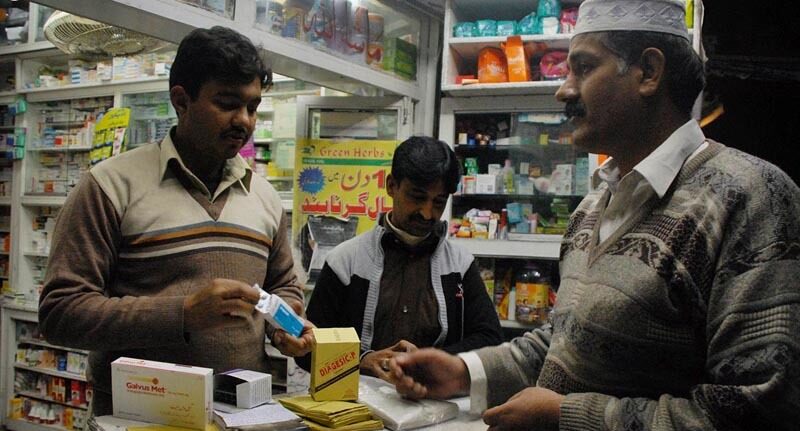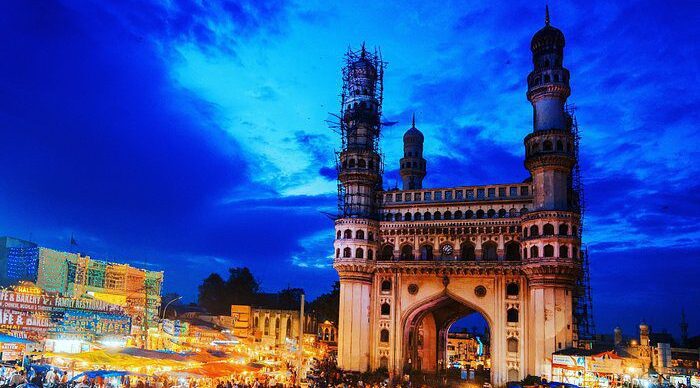Pakistan’s pharma sector is severely disrupted after the trade relations with India were suspended in the wake of the Pahalgam terror attack, sparking fears about the availability of life-saving drugs and raw materials.
India has been a key supplier for Pakistan’s pharma sector, accounting for a significant share of essential imports. According to United Nations COMTRADE data, Pakistan imported pharmaceutical products worth US$120.86 million from India in 2024. Imports included $76.59 million worth of human or animal blood products, antisera, vaccines, and toxins, and $43.68 million worth of medicaments (packaged for retail sale).
A senior official from the Ministry of National Health Services, Regulations, and Coordination, requesting anonymity, confirmed the magnitude of dependence:
“Pakistan imports some 30%-40% of its pharmaceutical raw material from India. We also import finished products, most importantly, anti-cancer therapies, biological products, vaccines, and sera, especially anti-rabies vaccine and anti-snake venom from India.”
The abrupt suspension of trade has sent alarm in the domestic pharmaceutical industry, which depends greatly on Indian imports for production and supply continuity. Fearing for public health, a delegation of pharmaceutical industry leaders went to Islamabad on Thursday to plead for an exemption from the trade freeze.
“We had meetings with DRAP and Ministry of Commerce officials to discuss the suspension of trade ties. We urged them to exempt the pharmaceutical sector from the ban, as there are many life-saving products whose raw materials come exclusively from India,” said Tauqeer-ul-Haq, Chairman of the Pakistan Pharmaceutical Manufacturers Association (PPMA).
Pakistan’s Pharma Sector: Potential Fallout
The ban could have wide-ranging effects:
- Shortages of life-saving medicines: Anti-cancer drugs, anti-rabies vaccines, and anti-snake venoms could run critically low within months.
- Price hikes: Pharmaceutical companies may turn to alternative, more expensive sources, driving up the costs of critical medicines.
- Production slowdowns: Without a steady supply of active pharmaceutical ingredients (APIs) and biological materials, many manufacturers may be forced to halt or limit production.
- Public health risks: Interruptions in vaccine supplies, particularly rabies vaccines, pose an immediate threat to public health campaigns.
Why India Matters?
India’s pharmaceutical industry, often referred to as the “pharmacy of the world,” is a global leader in generic medicine production and specialized biological products. Pakistan, with limited domestic manufacturing capacities for high-end therapies and vaccines, has historically depended on Indian supplies for affordability and availability.
“There are certain biologicals and APIs for which no viable alternative suppliers exist except India,” said another senior executive from a leading Pakistani pharmaceutical company, warning that the situation could become “a national emergency” if alternative arrangements are not made swiftly.
The Evolution of India Pharma vs Pakistani Pharma:
The Indian Pharma Industry went through continuous phases of evolution, whereby the manufacturing was kept in India and the policies formed were conducive to trade. It is a feather in the cap of India to be the messiah of many developing nations through its efficacy and economic cost driven approach.
It was the aftermath of 1956’s Industrial Policy, that crucial steps were taken to establish a basic industry whereby the government of India demanded that foreign nations establish their companies to produce drugs from the basic stage by establishing their production units in India.
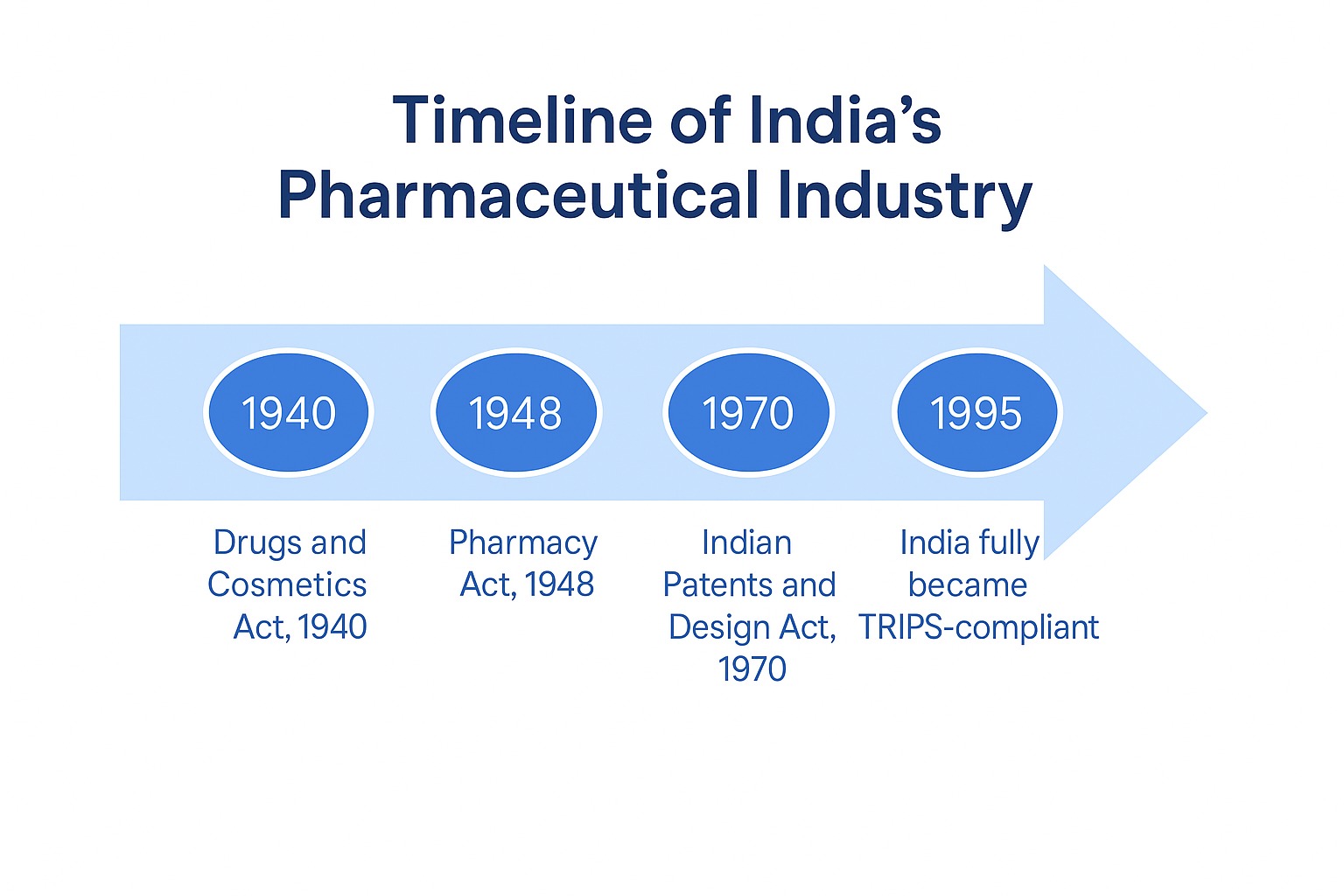
Hence, many foreign companies started their production in India and, with government support, many domestic companies also entered the market leading to an increase in drug production.
The next phase came in the 1970-95 which saw Indian domestic Pharmaceutical Market boom, they cut down on subsidizing foreign companies and promote local manufacturers.
The New Drug Policy, enacted in 1978, further reserved production of various categories of drugs for domestic producers. Hence, with the Patents Act which dropped the years of protection and only included protection for ‘process patent’, New Drug Policy and FERA, the share of MNCs dropped and the industry embarked on an ascending route. As a result there was a fall in medicine prices and a large number of generic versions of drugs were introduced.
The most transitional phase for Indian Pharmceutical came on the cusp of liberalisation policy taking full force as well as 1995’s WTO TRIPS agreement, where India became a member. Given its dominant presence it was accorded a 10 year transition period upto 2005 with a mailbox system in place. During this stint India’s research and innovation in the industry played to its advantage with complementary changes to the Drug Policies introduced by the government. The socialistic outlook taken by the Indian courts further helped in keeping cost of healthcare in check.
The formalization of Patent laws over these years which became more nuanced and long lasting ended up playing to India’s advantage and also helped it secure FDIs around the world, and provide foreign firms a competitive market in India.
Pakistani Pharma Market- An evolution yet to begin
The Post Partition Pakistan was used to importing drugs from India, as the hub for the same lay in bigger yet few scattered cities. However, they soon realised the need to develop an indigenous market for the same. It pivoted into the realm around the same time as India, however the growth plateaued in 1971.
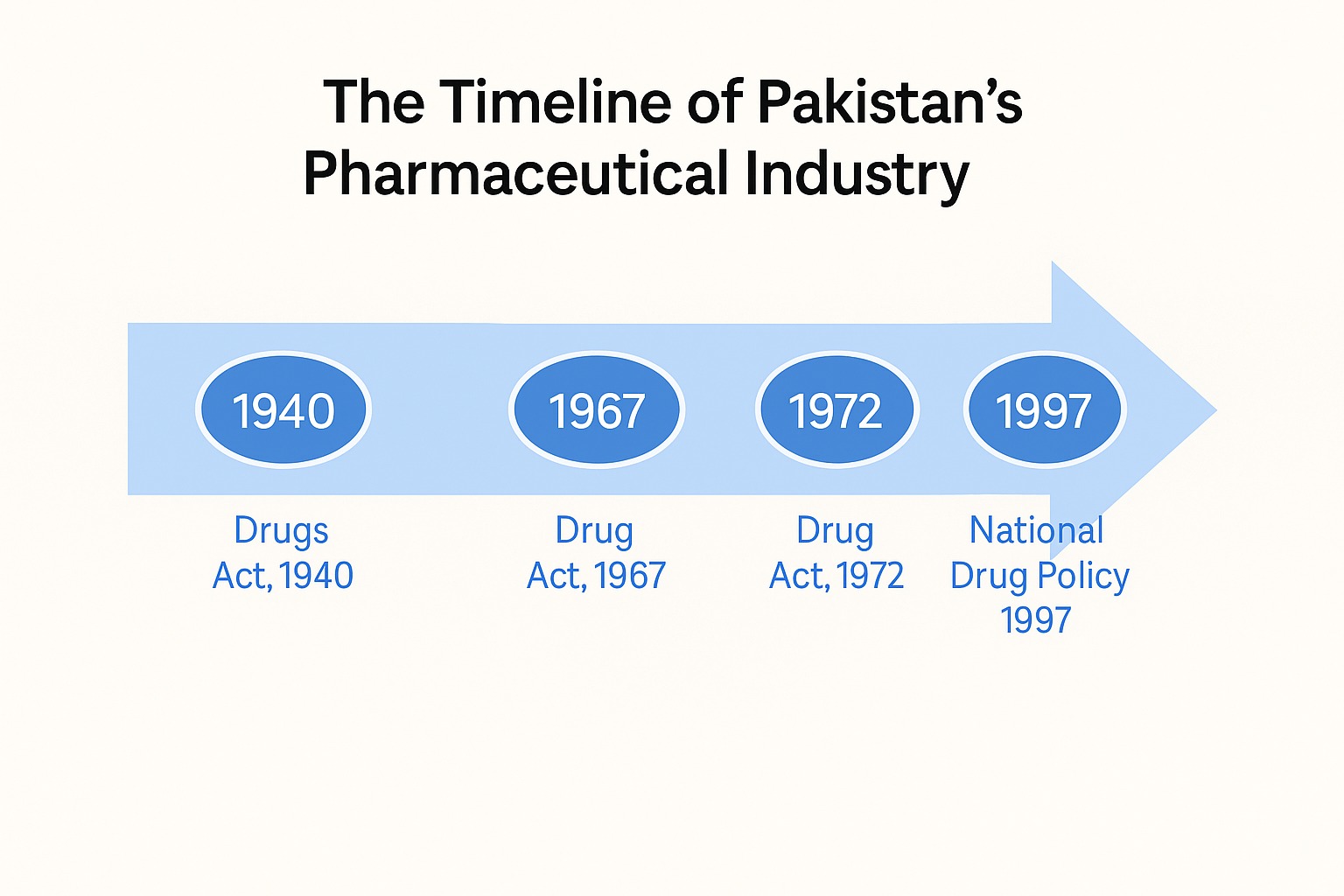
By establishing “Khurram Chemicals Limited” (near Islamabad) and “Antibiotics Private Limited” (in Mianwali) through the Pakistan Industrial Development Board (PIDB) Pakistan started to create its own domestic production of pharmaceutical goods. At that time, due to the conducive policies and the right entrepreneurial spirit, the pharmaceutical industry reached its peak and had a leadership position in Asia.
In the second phase (1972 to 1991), due to discriminatory and restrictive policies (Drug Generic Act, 1972), national companies suffered a lot and lost the earlier created export markets. The generic drugs were of poor quality and low efficacy.
Unfortunately, the subsequent lack of regulation or control of generics led effectively to the market being flooded by poor quality drugs and the scheme needlessly failed, as per the World Health Organisation.
This lead to the mushrooming of foreign medicine as the reliable source of cure, and high costs for the everyday man.
The diabolical approach taken in the second phase resulted in the decaying of the Industry and entering of the 3rd phase. The third phase is from 1991 to present.
In 1993, under the deregulation policy undertaken by the government, the prices of drugs rose by nearly 400 per cent, as the sector has sensed a heavy reliance on importation, and corruption began to cement its claws.
(This brought out the dominance of MNCs in the Pakistan pharmaceutical market through an analysis of the top 100 medicines in terms of sales volume and value of sales.)
As a result in 1997, the federal government had to reduce and then freeze prices of several drugs. The action that was required was swift, as this was the era where Pakistan was also heavily embroiled in wars and other health hazards of public concerns.
The Ministry of Health also issued an ordinance indicating their intention to amend the Drug Act of 1976 to allow the government to fix prices of imported raw material to solve the perceived problem of transfer pricing by MNCs. Due to this policy framework, the market share of national companies grew as compared to multinational companies, however it was a mere band-aid solution, and not one that fosters growth with long term prospects in mind.
What Next?
While the Pakistani government has enforced the trade ban as a political response, industry stakeholders are urging a pragmatic approach. Exemptions for pharmaceuticals could prevent a potential healthcare crisis.
Authorities are said to be considering various options, yet no decision is made so far. Without rapid action, commentators say, the already stretched Pakistan healthcare system risks further strain, especially in the rural and impoverished regions where accessible medicines are required.
Also Read: Pakistan Closes Airspace for Indian Flights, Routes Affected









